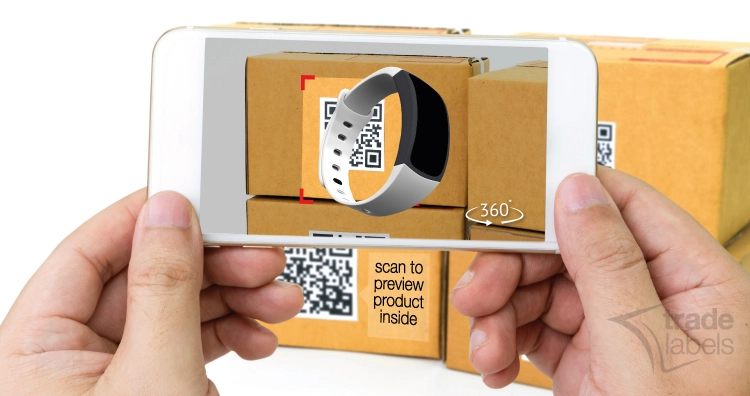The transformation of educational infrastructure is no longer a theoretical aspiration—it is a pressing strategic mandate. As pedagogical models evolve to prioritize digital integration, student-centric learning, and inclusive design, educational furniture and furnishings have emerged as critical enablers of this change. Far from being peripheral, these physical elements are foundational to how institutions design environments for engagement, equity, and efficiency.
Valued at USD 22.66 billion in 2024, the global educational furniture and furnishings market is projected to expand to USD 31.97 billion by 2030, reflecting a robust CAGR of 9.9%. This momentum underscores a broader convergence of educational reform, demographic expansion, and the institutional imperative to modernize learning spaces.
Market Catalysts: Structural Shifts Driving Demand
1. Pedagogical Shift Toward Active, Flexible Learning
Contemporary learning methodologies increasingly emphasize student agency, collaboration, and adaptability. Furniture is no longer static—it must support real-time reconfiguration, mobile group work, and hybrid instructional formats. As a result, modular seating, writable surfaces, and ergonomic desks are rapidly replacing fixed layouts.
2. Digital Learning Integration
With the digital classroom becoming ubiquitous, the demand for tech-integrated furniture has scaled significantly. Key design priorities now include built-in charging ports, cable management systems, and furniture compatibility with interactive display technologies—ensuring seamless transitions between analog and digital learning modes.
3. Accessibility and Inclusive Design
Global education policy is increasingly aligned with the principles of universal design. Schools are prioritizing adjustable, ergonomic, and neurodiverse-friendly furniture to accommodate students with varying physical and cognitive needs, ensuring that every learner can thrive in a supportive environment.
Market Segmentation: Tailored Solutions Across Learning Ecosystems
By Product Type
- Desks & Chairs: Core assets in all institutions, with innovation focusing on ergonomics, adjustability, and durability.
- Storage Solutions: Essential for classroom and library functionality, emphasizing space efficiency and organizational logic.
- Dormitory Furniture: Driven by the growth in higher education, necessitating compact, robust, and multi-use designs.
- Display Boards (Blackboards/Whiteboards): Persist as foundational tools in markets where digital penetration is moderate, providing cost-effective instructional continuity.
By Application
- Classrooms: Require versatile, reconfigurable solutions that support evolving instructional formats.
- Dormitories: Emphasize comfort, personal space optimization, and minimal maintenance.
- Libraries & Offices: Demand focused, distraction-minimizing designs suited to concentrated work and administrative use.
By End-User
- K–12 Schools: High-volume purchasers with cyclic upgrade needs, especially in growing regions.
- Higher Education Institutions: Target solutions that reflect professional environments, research engagement, and residential life integration.
Regional Market Insights: Growth Geographies and Investment Priorities
- North America: Leads in innovation and user-centric design; driven by ongoing investments in modernizing aging infrastructure and STEAM-based pedagogy.
- Europe: Champions eco-conscious and aesthetically sophisticated furniture, aligning with regional sustainability mandates.
- Asia-Pacific: Positioned as the fastest-growing market, supported by large-scale government investments, rising enrollment rates, and private sector education growth in India, China, and Southeast Asia.
Emerging Market Trends: Redefining Institutional Procurement Strategy
1. Sustainable Procurement
Sustainability is transitioning from a differentiator to a baseline expectation. Institutions increasingly mandate low-emission materials, recycled components, and life-cycle accountability in their procurement criteria.
2. Customization and Configurability
As schools shift from standardized models to personalized learning experiences, there is rising demand for furniture that reflects pedagogical diversity—from quiet zones for focus work to agile spaces for collaborative projects.
3. Smart Furniture Adoption
While still nascent, the integration of IoT-enabled sensors, smart usage analytics, and connected furnishings is gaining traction—especially in tech-forward institutions piloting the “smart classroom” model.
Challenges and Strategic Considerations
- Capital Constraints: Many public institutions operate within restricted budgets, demanding innovative financing models (e.g., leasing, PPPs).
- Product Longevity vs. Innovation: Balancing durability with design evolution presents both a procurement and R&D challenge.
- Facility Limitations: Legacy buildings often lack the flexibility needed for modern furniture systems, necessitating infrastructure alignment.
Market Opportunities: Unlocking New Value Streams
- Rental and Leasing Models: Offer cost-effective solutions to schools seeking flexibility and low upfront capital outlay.
- E-commerce Channels: Improve access and price transparency, streamlining procurement and enabling broader supplier competition.
- Expansion in Emerging Economies: Presents long-term growth potential as education infrastructure investment accelerates.
Competitive Landscape: Leaders Defining the Market
Prominent players include:
- KI, Steelcase, Herman Miller, Knoll – U.S.-based leaders known for ergonomic innovation and institutional partnerships
- VS, HNI Corporation, Haworth – Global players with strong K–12 and higher education portfolios
- Asian manufacturers (Minyi Furniture, Ailin Technology, Jirong Furniture, Lanlin Teaching) – Competitive pricing, strong regional penetration
- Emerging tech-integrated players – Exploring sensor-enabled and smart furniture niches
Outlook: Education as a Design-Centric Growth Arena
Educational furniture is rapidly evolving from a functional necessity to a strategic asset—a vehicle for enabling engagement, fostering inclusion, and enhancing learning outcomes. Institutions that view furniture procurement through a long-term, outcome-based lens—factoring in pedagogy, student needs, and technology integration—are likely to unlock enduring value.
For manufacturers and solution providers, the imperative is clear: combine functional excellence, sustainability, and digital readiness to remain relevant in an increasingly competitive, insight-led market.

